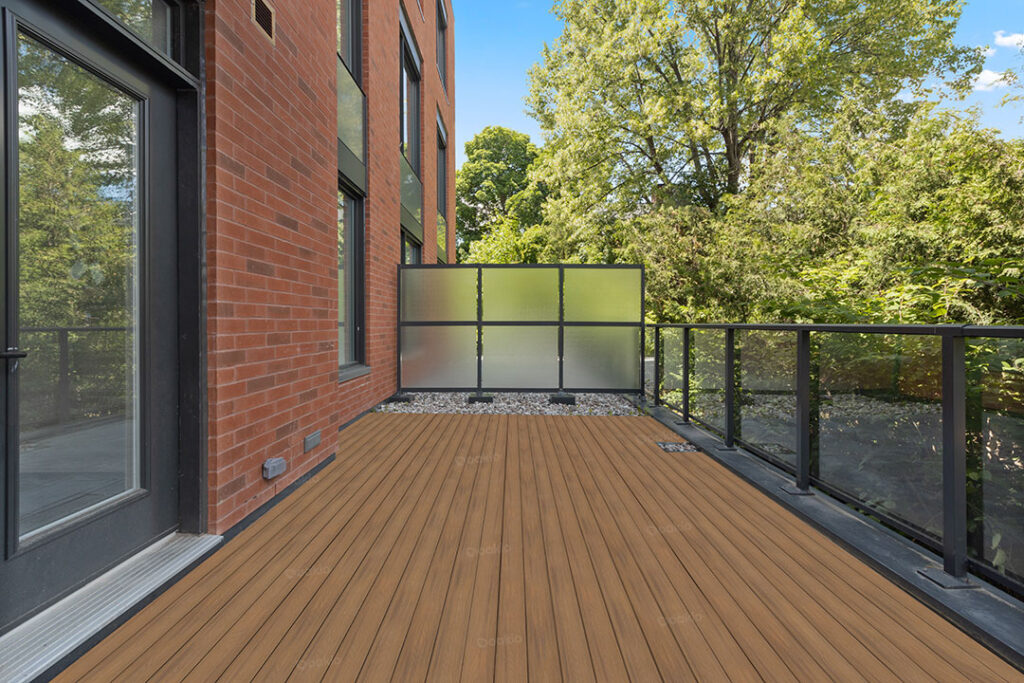Have you ever considered giving your walls a fresh, modern look without spending much money? PVC panels are your new best friend. They’re affordable, stylish, and incredibly easy to install, making them perfect for a DIY project. Whether you’re sprucing up a bathroom or adding a sleek touch to your kitchen, PVC panels offer a versatile solution.
Tools and Materials Needed
I’ve tackled PVC panel installation before, and getting the right tools makes a difference. Gather these essential items to breeze through your project.
Measuring Tape
Accurate measurements make installation a snap. Use retractable tape that locks in place to check the wall surface area. Once, in a small bathroom, I nearly miscalculated because I rushed measuring. Double-checking saved my day. Jot down each measurement, even if the panels are consistently sized. Re-measuring is a small step with a big payoff.
Pencil
A reliable pencil helps mark your measurements. Go for a carpenter’s pencil; it’s easy to grip and resists breaking while you’re on the ladder. I keep one tucked behind my ear. Avoid using ink, as it might bleed through the materials. Identify cut lines and fastening points with your pencil so errors don’t creep in.
Level
Ensuring the panels line up perfectly needs a solid level. A 24-inch spirit level balances just right in your hands. Holding it tight against the panel, you’ll immediately see if adjustments are necessary. A friend loaned me his laser level, making an already simple task even easier. Straight lines keep panels looking sharp.
Utility Knife or Fine-tooth Saw
Cutting to size requires the right tool. A utility knife easily slices through thinner PVC panels. For tougher parts, a fine-tooth saw could be handy. Place the panel on a stable surface before cutting. Once, I attempted cutting without proper support and ended up with rough edges. A smooth cut comes from using the right blade and a firm hand.
Adhesive Suitable for PVC Panels
Use an adhesive that bonds well with PVC. Grab one that’s waterproof for bathroom installations. Apply the glue in a zigzag pattern for maximum coverage. During one project, I mistakenly thought less was more with adhesive. Subsequent panels started shifting. Secure panels stay in place with tested adhesives.
Screws or Nails (If Required)
In some installations, screws or nails provide extra security. Opt for ones that match the panel color for a seamless look. Drywall screws work wonders in firming up corners. Once, my DIY kit needed more nails for a tricky corner, resulting in an unsafe panel. Always have a few extra pieces on hand to account for unexpected situations.
Safety Gear: Gloves and Safety Glasses
Safety should always be a top priority. Gloves protect your hands when handling sharp edges. A pair of snug, well-fitted gloves allows easy finger movement. Safety glasses shield your eyes from flying particles, especially when sawing. In my first project, I caught a speck in my eye because I skipped glasses—a needless hiccup. Keep them on your checklist to avoid similar mishaps.
Preparation
Getting everything ready makes PVC panel installation a breeze. Here’s how I tackled it when working on my home projects.
Surface Preparation
Clean surfaces enable better panel adhesion. I started by removing old nails and screws, using a scraper to eliminate stubborn dirt. A wipe-down with a damp cloth finishes the prep. Let the surface dry completely to avoid moisture trapping under the panels.
Measuring and Planning
Measure twice for accuracy. I implemented this with a simple measuring tape and marked guidelines on the wall. Account for all outlets and corners, and use a level to keep lines straight. A detailed plan means fewer mistakes down the road. With careful notes, PVC panel installation becomes straightforward.
Installation Process
Cutting the Panels
First, measure and mark where cuts are necessary. Use a fine-toothed saw or utility knife for straight, clean lines. One time, I cut panels without checking twice, resulting in excess wastage. Trust me, double-check measurements. Clamp the panel during cutting to keep it steady.
Applying Adhesive
Spread adhesive on the back, focusing on borders and center areas. A zigzag pattern works best for even distribution. Suppose the adhesives have strong fumes that open windows for ventilation. Keep a damp cloth handy to wipe excess quickly.
Fixing the Panels
Carefully position the panels against the wall, starting from one edge. Press firmly to bond each to the surface. If needed, give each panel a gentle tap with a rubber mallet. Let the adhesive set for the recommended time before hanging anything on it.
Joining Panels
Align panels during installation for a seamless look. Use tongue-and-groove edges where possible. If there’s a slight misalignment, gently adjust before the adhesive dries. My panels were slightly shifted once; correcting was tricky but saved the final look.
Finishing Edges
For a professional finish, trim edges with matching molding. Sand any rough edges for smoothness. To conceal gaps, use a caulking gun with PVC filler. This step makes installations look polished, adding an elegant touch to the room.
Maintenance
Keeping PVC panels spotless doesn’t have to be a chore. I once tackled a stubborn stain on my bathroom wall, and all I needed was a mild soap solution and a soft cloth.
- Regular Cleaning: Wipe panels with a damp cloth weekly to prevent grime buildup.
- Avoid Harsh Chemicals: Use gentle cleaners to maintain the panel’s finish.
- Check Seals: Inspect and reapply caulking periodically to keep moisture out.
These steps help PVC panels stand the test of time while looking fresh.
Conclusion
Installing PVC panels is a rewarding DIY project that combines affordability, style, and ease. With the right tools, careful preparation, and patience, you can transform your space into a sleek, modern haven in no time. From cutting and adhesive application to aligning and finishing edges, the process is straightforward, and the results are stunning. Plus, with minimal maintenance, your PVC panels will keep looking fresh and vibrant for years.

